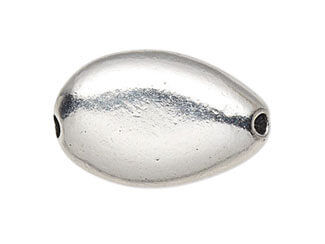Search Results For "cafl"
Alphabetical List of Jewelry-Making Terms
All
a
b
c
d
e
f
g
h
i
j
k
l
m
n
o
p
q
r
s
t
u
v
w
x
y
z
A cultured pearl originally non-nucleated, grown in a freshwater mussel from Lake Biwa in Japan. Only those actually produced there should be called Biwas.
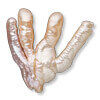
An off-loom bead-weaving technique. In brick stitch, beads are woven in a pattern like a brick wall. Also called Cheyenne or Comanche stitch.
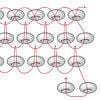
(also called Fiber Optic Glass) Created with manmade fiber optic glass, cat's eye refracts light in a way reminiscent of the oblong center of a cat's eye. This center appearance of movement is caused by chatoyance, which is defined as changeable luster or shine.
 .jpeg)
Learn about chevron beads (also called rosetta beads or star beads). Explore their origins, evolution, and cultural significance in this enlightening article.
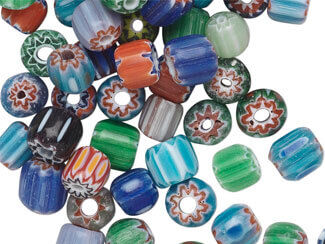
Glass, usually in the form of beads, created in the Czech Republic. Also called Bohemian glass or Bohemian crystal.
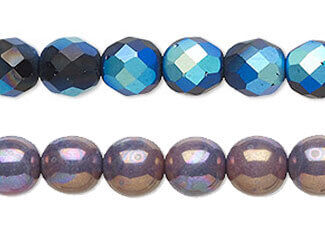
This glass gets its name from its similarity to Cat's Eye Quartz and the unique way the two materials refract light. Also called Cat's Eye Glass.
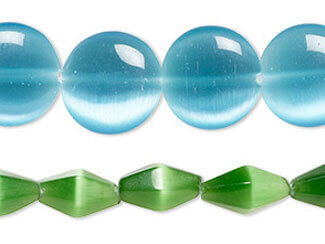
Also called Gold Color or "washed." The base metal is brass or steel and the product is electroplated with a non-standardized thickness of gold.
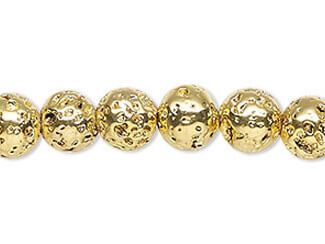
A clasp which secures jewelry with two or more strands. Some styles are accented with gemstones, enamel or inlay work. Can be called by a myriad of names.

A type of neckwire where bands or links of metal are assembled on a wire or woven mesh for structure, for a flexible design. Also called Omega Necklace.

Originally quartz sourced along the Rhine. Today, it means colorless potash-and-lead glass that contains lead crystal quartz. Also called strass, diamante.
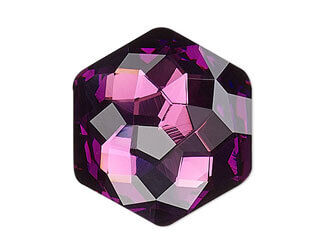
A mechanical bonding with a silver alloy of at least 92.5% fineness, which must be at least 1/20th of the metal in the piece. Also called silver overlay.

Also called Silver Color or "washed." The base metal is brass or steel and the product is electroplated with a non-standardized thickness of silver.
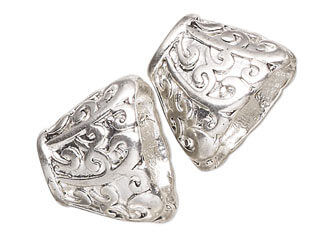
A glass bead in the style of the glass artists of Venice. Venetian glass beads are famous for their color, craftsmanship and quality. Also called Murano glass.
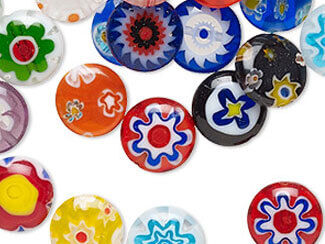
Alloys with heavy tin or lead content, such as pewter. Also called Britannia metal or tin plate. One of the most commonly used metals in costume jewelry.
